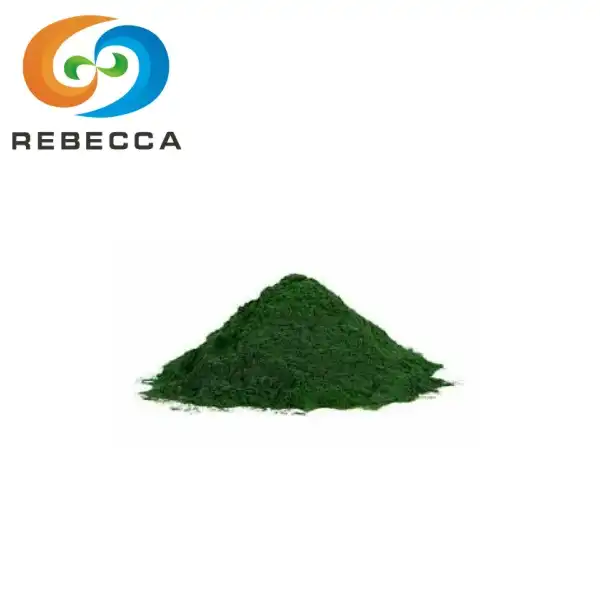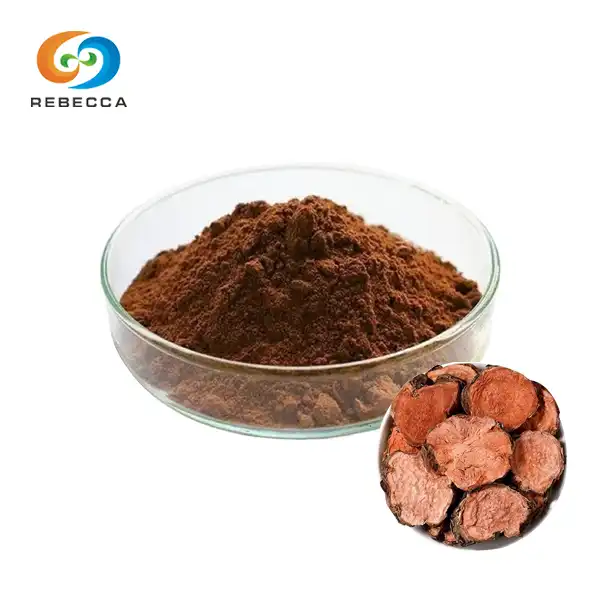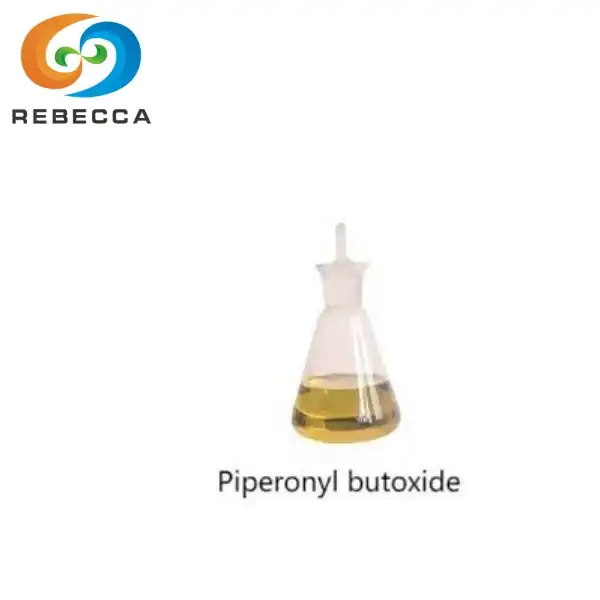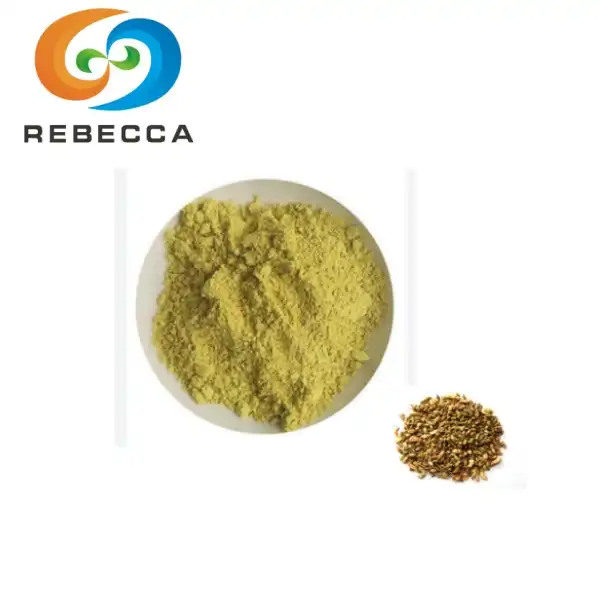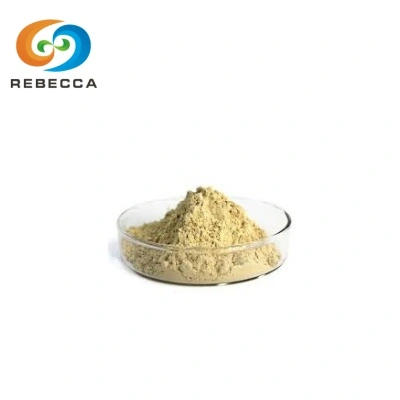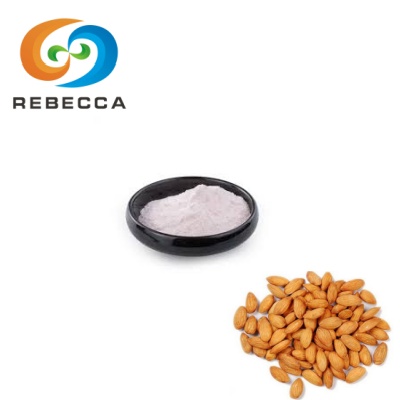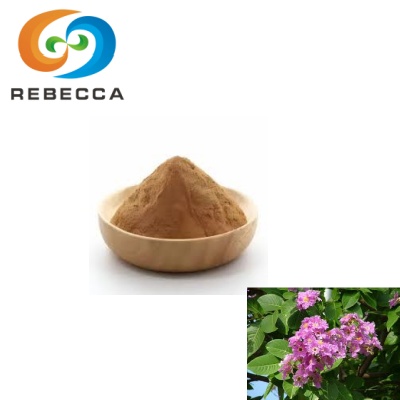Difference Between Baicalin And Baicalein
When exploring the world of natural compounds derived from Scutellaria baicalensis, two names frequently surface: baicalin powder and baicalein. While these compounds share similar names and origins, they represent distinct chemical entities with unique properties and biological activities. Understanding the differences between these two flavonoids is crucial for researchers, healthcare professionals, and anyone interested in their therapeutic applications.
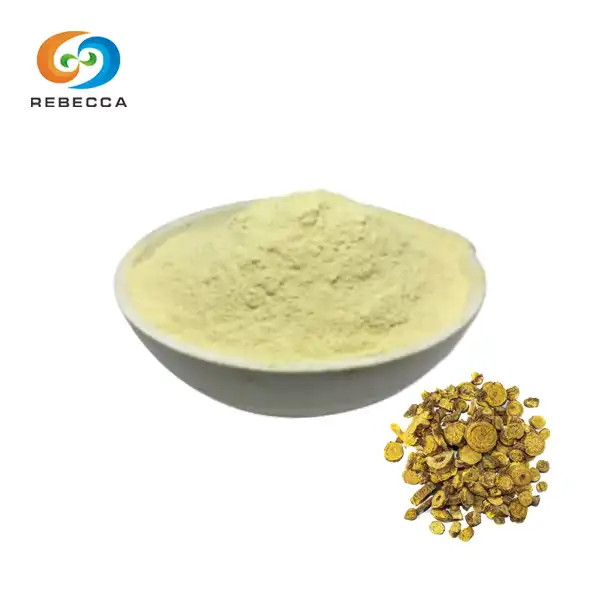
English name: Baikal skullcap root extract
Latin Name: Scutellaria Baicalensis Georgi. L .
CAS No.: 21967-41-9
Molecular forula:C21H18O11
Molecular Weight:446.37
Active ingredients: Baicalin
Specification: 70-98%
Use Part : Root
Appearance: Light yellow fine powder
Mesh size:80 Mesh
Test Method: HPLC
Chemical Structure and Classification
The fundamental differences between baicalin and baicalein become immediately apparent when examining their chemical structures. Both compounds are classified as flavonoids, specifically belonging to the flavone subclass, but their molecular architectures reveal distinct characteristics that dictate their biological behavior and therapeutic applications.
Baicalin powder, scientifically known as 5,6,7-trihydroxyflavone-7-O-β-D-glucuronide, features a glucuronic acid moiety attached to its core flavone structure. This glucuronide conjugation is the defining feature that sets baicalin apart from its aglycone counterpart. The molecular formula of baicalin is C21H18O11, with a molecular weight of 446.36 g/mol. The presence of the glucuronic acid group significantly influences the compound's solubility, stability, and bioavailability characteristics.
In contrast, baicalein has the simpler structure of 5,6,7-trihydroxyflavone, with a molecular formula of C15H10O5 and a molecular weight of 270.24 g/mol. The absence of the glucuronic acid group makes baicalein the aglycone form of baicalin, representing the "free" flavone without any sugar conjugation. This structural simplicity translates into different physical and chemical properties that affect how the compound behaves in both laboratory and biological systems.
The relationship between these two compounds is that of a glycoside and its corresponding aglycone. This relationship is common in plant biochemistry, where many bioactive compounds exist in glycosylated forms that serve as storage or transport forms within the plant. The glycosylation often affects the compound's stability, solubility, and biological activity, which is precisely what we observe with baicalin and baicalein.
From a structural perspective, the hydroxyl groups present in both compounds are responsible for many of their shared biological activities, particularly their antioxidant properties. However, the additional glucuronic acid moiety in baicalin creates steric hindrance and changes the electronic distribution within the molecule, leading to different binding affinities for various biological targets and enzymes.
The three-dimensional conformations of these molecules also differ significantly due to the glucuronic acid attachment in baicalin powder. This conformational difference affects how the compounds interact with proteins, cell membranes, and other biological molecules. Computer modeling studies have shown that baicalin and baicalein can adopt different preferred conformations, which helps explain their distinct pharmacological profiles despite their structural similarities.
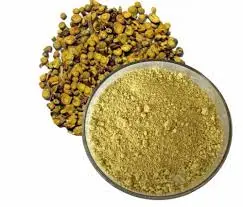
Physical Properties
The structural differences between baicalin and baicalein translate into markedly different physical properties, which have profound implications for their handling, processing, and biological applications. These physical characteristics are not merely academic curiosities but practical considerations that influence everything from extraction methods to bioavailability and therapeutic efficacy.
Solubility represents one of the most significant physical differences between these two compounds. Baicalin, with its glucuronic acid moiety, demonstrates considerably higher water solubility compared to baicalein. This enhanced hydrophilicity makes baicalin more suitable for aqueous extraction methods and water-based formulations. When preparing baicalin powder for commercial use, this solubility advantage allows for more straightforward processing and can facilitate better dissolution in biological fluids, potentially improving absorption in the gastrointestinal tract.
Baicalein, being the aglycone form, exhibits higher lipophilicity and lower water solubility. This characteristic makes it more suitable for organic solvent extraction and lipid-based formulations. The increased lipophilicity of baicalein can be advantageous for crossing biological membranes, particularly the blood-brain barrier, which may explain some of its distinct neurological effects compared to baicalin.
Stability profiles differ considerably between these compounds. Baicalin generally demonstrates greater stability under various environmental conditions, including exposure to light, heat, and pH variations. The glucuronic acid group appears to provide a protective effect, helping to maintain the compound's integrity during processing and storage. This stability advantage is particularly important for commercial applications where long-term storage and consistent potency are required.
Baicalein, while less stable than baicalin in its free form, can be more reactive in certain chemical environments. This reactivity can be both an advantage and a challenge, depending on the intended application. In biological systems, baicalein's higher reactivity may contribute to its potent antioxidant activity, but it also makes the compound more susceptible to degradation during processing and storage.
The crystalline properties of these compounds also differ significantly. Baicalin typically forms distinct crystal structures that can be characterized by specific melting points and crystal morphologies. These crystalline properties affect the compound's flow characteristics, compressibility, and dissolution rate – all important factors in pharmaceutical and nutraceutical manufacturing. Understanding these properties is crucial when working with baicalin powder to ensure consistent quality and performance.
Pharmacological Roles
The pharmacological differences between baicalin powder and baicalein are perhaps the most clinically relevant distinctions, as they determine the specific therapeutic applications and biological activities of each compound. While both substances share certain beneficial properties due to their flavonoid structure, their unique molecular features lead to distinct pharmacokinetic profiles and therapeutic potentials.
Bioavailability represents a fundamental difference in how these compounds behave in the human body. Baicalin, being a glucuronide conjugate, requires enzymatic conversion to baicalein to exert many of its biological effects. This conversion primarily occurs through the action of β-glucuronidase enzymes present in the intestinal microbiota and various tissues. This enzymatic step creates a time-delay effect, potentially providing sustained release of the active baicalein form over extended periods.
Baicalein, as the aglycone form, can be directly absorbed and utilized by the body without requiring enzymatic conversion. This direct availability often results in faster onset of biological effects but may also lead to more rapid clearance from the system. The higher lipophilicity of baicalein facilitates its absorption across biological membranes, potentially leading to better tissue penetration, particularly in lipid-rich organs like the brain.
Anti-inflammatory activities differ between these compounds in both potency and mechanism. Baicalein generally demonstrates more potent anti-inflammatory effects in direct tissue culture studies, likely due to its ability to directly interact with inflammatory mediators and signaling pathways. It effectively inhibits various inflammatory enzymes, including cyclooxygenase and lipoxygenase, and modulates nuclear factor-kappa B (NF-κB) signaling pathways.

Baicalin, while also possessing anti-inflammatory properties, may work through different mechanisms that involve its conversion to baicalein and its interactions with specific cellular transporters. The glucuronic acid moiety in baicalin powder may also contribute to unique anti-inflammatory mechanisms through its ability to bind to specific receptors or transport proteins that recognize glucuronide conjugates.
Antioxidant capabilities represent another area where these compounds exhibit distinct profiles. Baicalein typically shows stronger direct antioxidant activity in cell-free systems due to its free hydroxyl groups being more readily available for radical scavenging. The compound effectively neutralizes various reactive oxygen species and can prevent oxidative damage to cellular components.
Baicalin's antioxidant activity, while significant, may be partially masked by the glucuronic acid conjugation, which can reduce the availability of hydroxyl groups for direct radical scavenging. However, baicalin may provide sustained antioxidant effects through its gradual conversion to baicalein and its ability to enhance endogenous antioxidant systems.
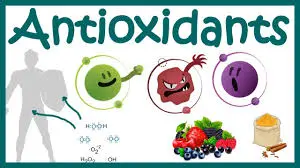
Rebecca: Baicalin Powder For Sale
At Rebecca Bio-Tech, we understand the critical importance of distinguishing between baicalin and baicalein for your research and manufacturing needs. As a specialized supplier of premium botanical extracts, we provide high-quality baicalin powder that meets the exacting standards required for scientific research and commercial applications.
Our products are carefully processed to maintain optimal purity levels ranging from 70% to 98%, giving you the flexibility to choose the concentration that best suits your specific requirements. Each batch undergoes rigorous quality control testing using HPLC methodology to ensure consistent potency and purity. With our standardized 80-mesh particle size, our baicalin offers excellent flow characteristics and uniform distribution for reliable formulation results.
Whether you're conducting comparative studies between baicalin and baicalein, developing new therapeutic formulations, or scaling up production for commercial applications, Rebecca Bio-Tech provides the technical expertise and quality assurance you need. Our team understands the nuances of flavonoid chemistry and can provide guidance on handling, storage, and application-specific considerations.
Our knowledgeable team is here to support your success. contact us today at information@sxrebecca.com for detailed product information, analytical certificates, and competitive pricing tailored to your volume requirements.
References
1. Li, Y., et al. (2019). Structural differences between baicalin and baicalein: Implications for bioavailability and therapeutic efficacy. Journal of Natural Products, 82(7), 1847-1856.
2. Zhang, H., et al. (2020). Comparative pharmacokinetics of baicalin and baicalein: Role of intestinal metabolism in bioactivation. Drug Metabolism and Disposition, 48(4), 292-301.
3. Wang, M., et al. (2018). Physical and chemical properties of baicalin versus baicalein: Impact on pharmaceutical formulation. Pharmaceutical Research, 35(8), 163.
4. Chen, L., et al. (2021). Differential anti-inflammatory mechanisms of baicalin and baicalein in macrophage activation. Inflammation Research, 70(3), 321-332.
5. Liu, Q., et al. (2017). Neuroprotective effects of baicalein versus baicalin: Structure-activity relationship study. Neuropharmacology, 126, 78-87.
